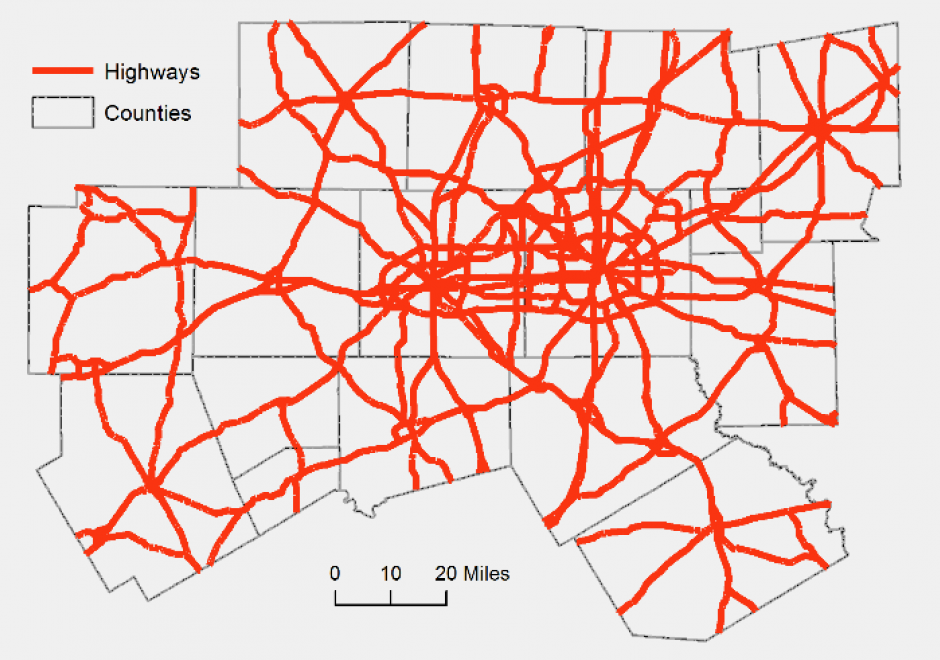AM-43 - Other classic network problems

- Describe several classic problems to which network analysis is applied (e.g., the traveling salesman problem, the Chinese postman problem)
- Explain why heuristic solutions are generally used to address the combinatorially complex nature of these problems and the difficulty of solving them optimally



AM-44 - Modelling Accessibility
Modelling accessibility involves combining ideas about destinations, distance, time, and impedances to measure the relative difficulty an individual or aggregate region faces when attempting to reach a facility, service, or resource. In its simplest form, modelling accessibility is about quantifying movement opportunity. Crucial to modelling accessibility is the calculation of the distance, time, or cost distance between two (or more) locations, which is an operation that geographic information systems (GIS) have been designed to accomplish. Measures and models of accessibility thus draw heavily on the algorithms embedded in a GIS and represent one of the key applied areas of GIS&T.